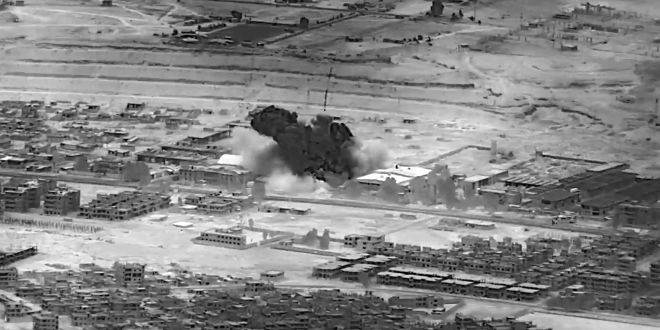In a response to the drone strike that killed three U.S. troops in Jordan last weekend, the U.S. military executed a significant air assault on numerous sites in Iraq and Syria, which are known to be utilized by Iranian-supported militias, according to officials who informed The Associated Press.
For several days, President Joe Biden and other senior U.S. officials had been signaling that a U.S. counterattack against the militias was imminent. They emphasized that this response would not be a singular action, but rather a series of retaliatory measures over time. The details of these military actions were shared under the condition of anonymity as they had not been publicly disclosed yet.
The initial wave of these strikes, conducted by both manned and unmanned aircraft, targeted the militia’s command centers, ammunition depots, and other key facilities. This military action coincided with a somber moment when Biden and top defense officials attended the repatriation of the three fallen Army Reserve soldiers at Dover Air Force Base in Delaware.
The subsequent steps in the U.S. military response remain uncertain, particularly considering whether the U.S. warnings had prompted militia members to go into hiding, potentially complicating further U.S. efforts to locate and target them. Despite Kataeb Hezbollah, a prominent Iran-backed militia, announcing a halt to its attacks on American forces, this declaration did not seem to influence the U.S. decision to proceed with retaliatory strikes.
Notably, the U.S. airstrikes were careful to avoid directly hitting Iranian forces or the Revolutionary Guard’s Quds Force. Iran has refuted any involvement in the drone attack in Jordan.


